As most of you know that I’m an inquisitive soul, recently I got intrigued to know the history of glass and how it evolved to what it is today. And then a thought crossed my mind “What does a world without GLASS look like?”
Well, for starters
- Billions of people who wear spectacles wouldn’t be able to see properly
- The tallest manmade structure in the world, Burj Khalifa wouldn’t be there along with a million other buildings
- A World with – no smartphones, tablets, cameras, fibre (high-speed internet and communications), microwave ovens, TVs and much more
- Automotive, Aviation and Naval industries wouldn’t be there as windscreens, backlights, lightweight but reinforced structural components of cars, aircraft, ships, submarines etc. are made of glass.
- Renewable energy sources like solar panels, wind turbines etc. are made of glass
- Biotech, Medical technology, life science, optical glass, engineering
In simpler words, there is no way we would have progressed as a civilization without the use of glass. I may have pointed out only a few things, but the actual use case of glass touches every aspect of our life before we are even born. The blood tests, the vials for the injections a mother must undergo to birth a child were mostly made of glass. After we are born, we see ourselves for the first time in a mirror, see through the glass windows of the hospital room, the windscreen of the car we brought back home in. Our exposure to glass starts the minute we open our eyes or even before that.
But before we move on further, we need to know how glass is made. Glass is made from raw materials such as sand, soda and borax, which are melted at high temperatures to form a new material: glass.
Glass manufacturing has an age-old tradition that dates back to around 3500 BC when glass is believed to have been first instinctively produced in Egypt and Mesopotamia to be used as jewellery and vessels. Since then, processes have constantly evolved from simple artistic work to high-tech artificial processes, and the number of glass types and fields of applications has multiplied.
Glass is all around us currently and continues to offer cutting edge results, either in itself or used in combination. It is an unlimited and innovative material that has plenty of applications. It is an essential component of numerous products that we use every day, most often without noticing it.
As a tech and automotive journalist, I owe my career to the existence and varied use of glass. No piece of technology or car is complete without glass. And I can proudly say that thanks to companies like SCHOTT who have been working for more than 130 years to make this world a better place, one glass at a time.
What started as an exploration for optical glasses in 1884 by Otto Schott, led to the exploration of the universe thanks to refracting telescopes in just 10 years. It was Otto and his friends Ernst Abbe and Carl Zeiss –who had already founded the company ZEISS in 1846 – who together founded the company SCHOTT in 1884.
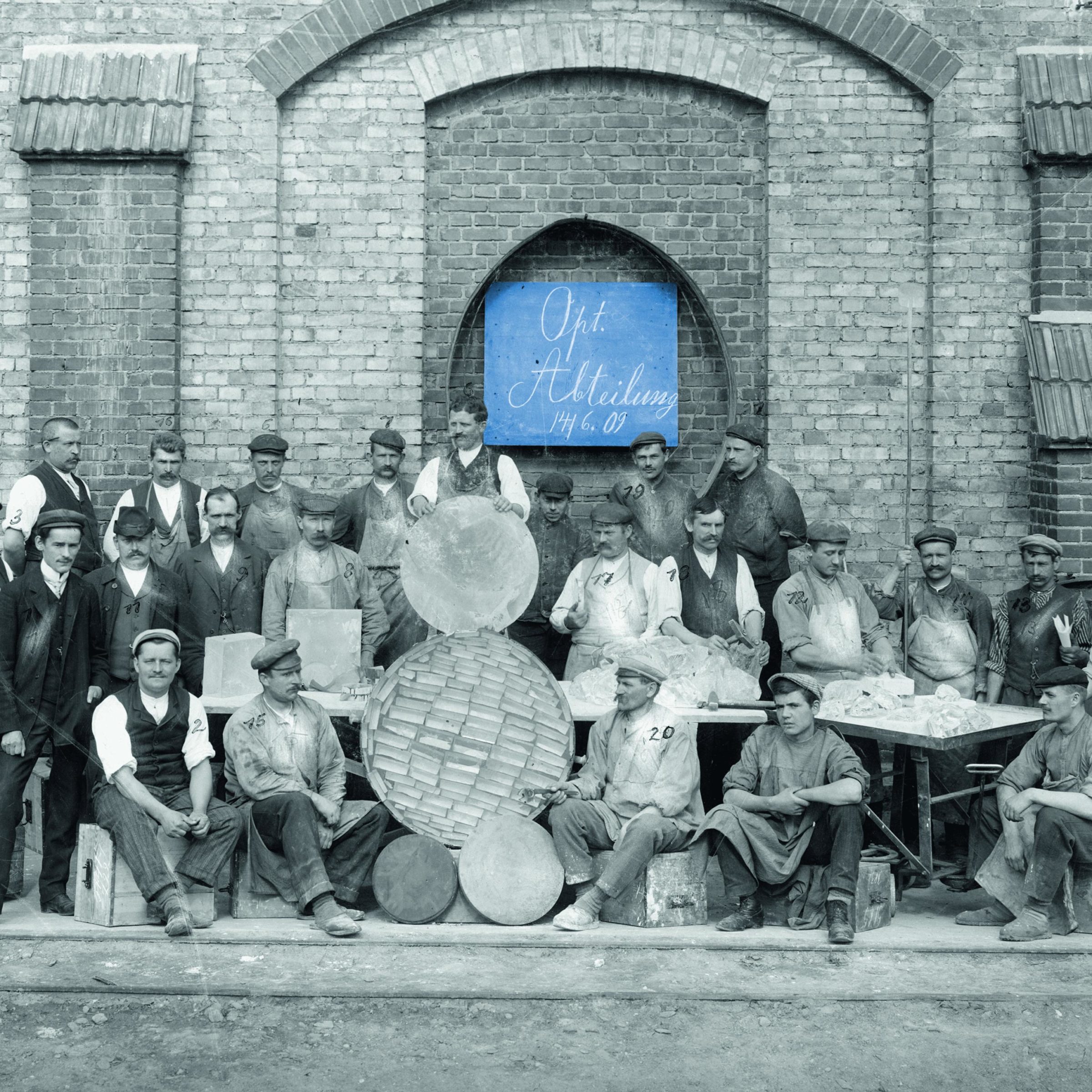
And this led to experimentation in ways beyond our thoughts. In his quest to do more with glass, Otto Schott invented borosilicate glass – the world’s first speciality glass for technical applications. Unlike any other glass, borosilicate glass has special properties: extraordinary resistance to heat, strong resistance to chemicals, and exceptional resistance to abrupt changes in temperature. Thanks to the invention of borosilicate glass, the human race got its first precise thermometer in 1891.
In 1911, SCHOTT borosilicate glass tubes entered the market and have since become the standard for primary glass packaging in the pharmaceutical industry and stay an essential part of fighting pandemics till today. Glass vials, syringes, and other pharmaceutical packaging is made of this particular borosilicate glass tubes.
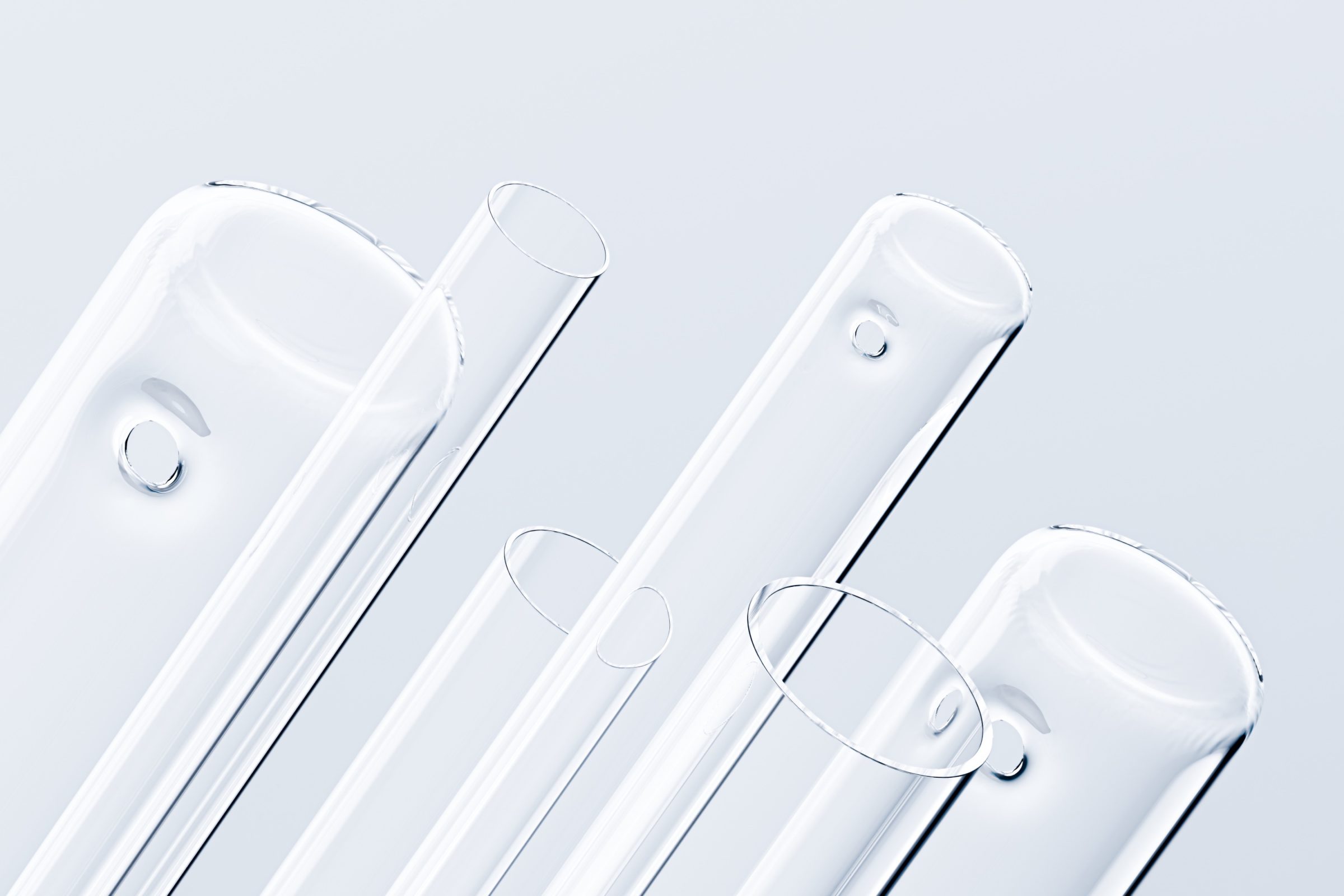
With each passing year, SCHOTT’s product portfolio kept expanding and the world kept becoming a better place and safer to live. In 1968, they launched a special ‘glass-ceramic’ which is used in some of the world’s largest telescopes. Fast forward to the future, when the Extremely Large Telescope (ELT) goes into operation in 2025, it will be mankind’s largest and most powerful tool for looking at the universe.
But it’s the evolution of smartphones and data connectivity that touched most lives and both these evolutions wouldn’t have been possible without innovations by SCHOTT. So much so that all the foldable smartphones, tablets, and laptops that everyone is gaga about became a reality because of ultra-thin and flexible glass from SCHOTT.
And you won’t believe me when I tell you that SCHOTT succeeded in manufacturing ultra-thin glasses (they call this glass family SCHOTT UTG®) with thicknesses down to 0.015 millimetres in their labs, while mass-producing flexible glass in thicknesses down to 0.035 millimetres as early as the 1990s. Then, in 2013, the company launched an ultra-thin glass with a thickness of just 0.025 millimetres. It is the thinnest glass in the world, thinner than human hair, yet extremely stable and flexible.
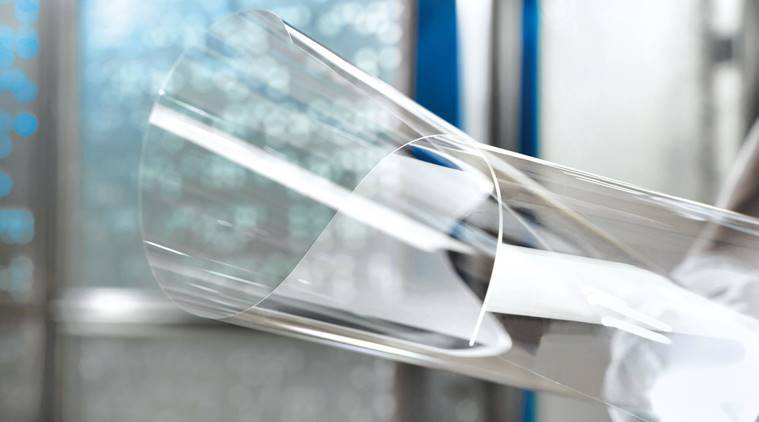
Additionally, in 2020 they launched an ultra-thin flexible glass that can be chemically strengthened – an essential capability for the foldable display application. With these properties, this new UTG type offers completely new application possibilities, for example for smartphones and tablets with foldable displays like the ones from Samsung we can buy now and not just prototypes.
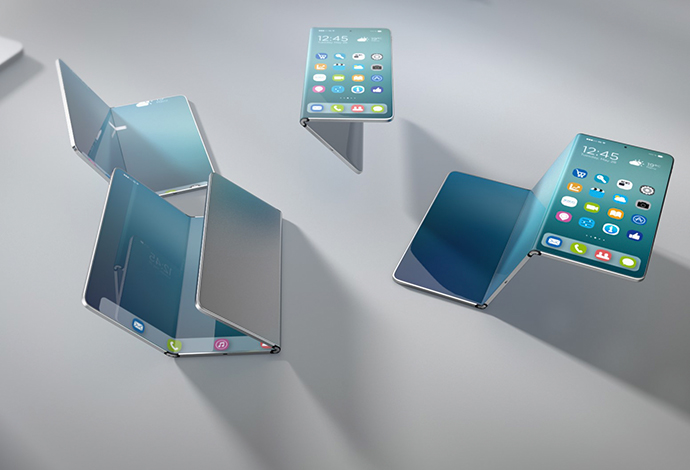
I still can’t fathom the fact that just over a decade ago we had a block like heavy smartphone with a glass screen and body that would smash in one drop. From that to ultra-thin foldable glass for gadgets that can fold hundred of thousands of times to become a tablet from a smartphone to a completely foldable display on a laptop. We owe a lot to companies like SCHOTT for such fast and comprehensive evolution of glass.
From lifesaving glass vials, which are made out of glass tubes, to technology that helped us stay connected during the pandemic when planet Earth came to a standstill. I ask myself if this pandemic happened without the availability of all the technology (thanks to glass) we have today, would it have been possible to survive? Well, in India, almost all approved COVID-19 vaccines are packed in pharmaceutical vials made out of borosilicate glass tubing from SCHOTT, which is one of their contributions to the fight against the pandemic.
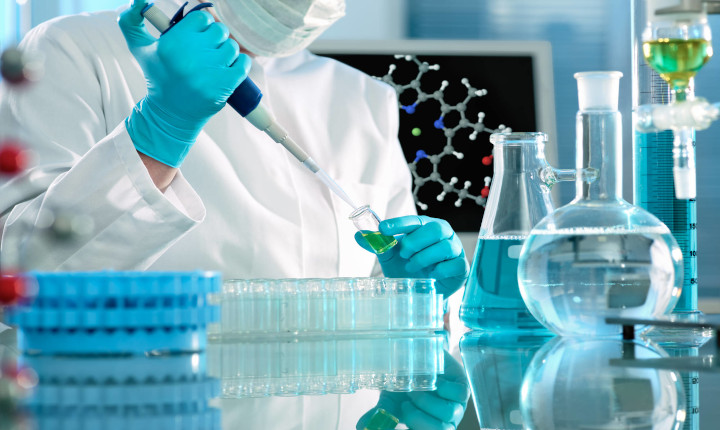
Over these 130 years, the application of glass has surpassed what a human mind could have ever imagined. Now you find glass in some form or the other and the use case scenarios are infinite.
That said, it is clear that modern life would not be possible without (SCHOTT) glass! So I ask again, Imagine a world without GLASS. Can you?
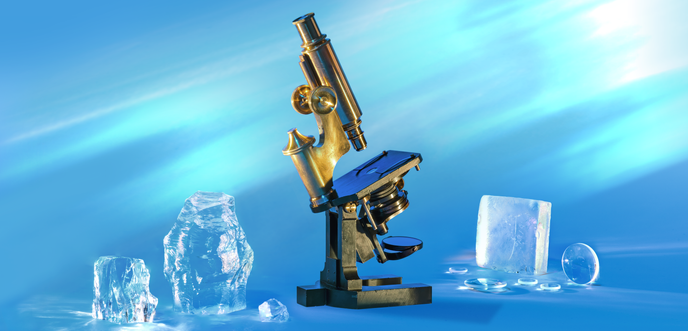











I totally agree with you! The impact of glass on our lives is immense, from the smallest details like eyewear to monumental structures like the Burj Khalifa. It’s incredible to think about how something as common as glass has shaped our world in so many ways. Thanks for sharing such an insightful perspective on the importance of glass!